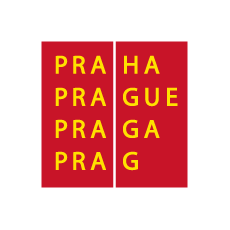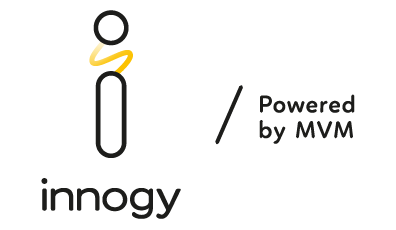Six original works, six contemporary voices, one charity auction. We connect the worlds of music and visual arts.
In 2026, we present the third edition of the Prague Spring Art Salon in partnership with KODL Gallery, offering a unique opportunity to support the festival through original artworks. Together with Milan Dospěl, Chief Curator of the KODL Gallery, we have commissioned six contemporary Czech artists to create new works to be auctioned in May 2026 in support of Prague Spring’s artistic projects.
“The theme of this third edition is SPRING – a word that evokes not only the season of renewal and hope, but the very essence of our festival. Spring stands for new beginnings, growth, and revitalisation – values that resonate both with nature and with the spirit of Prague Spring. Through this theme, we aim to connect the emotional energy and inspiration that give rise to both music and visual art. The Art Salon creates a vibrant space for dialogue between artists and audiences. Though using different means, both disciplines share the power to move, question, and inspire. Their fusion broadens horizons, sparks creativity, and enriches cultural exchange – giving rise to a common language beyond borders.”
Mgr. Milan Dospěl, Ph.D.
Art Historian, Court-Appointed Expert, Chief Curator of KODL Gallery
Support the Festival Through Art
One festival, two art forms.
Take part in the public auction on 31 May 2026, organised by KODL Gallery, and acquire one of the six original works created for the Prague Spring Art Salon 2026. Not only will you take home a piece of SPRING, you will also contribute to the 2027 edition of the festival.
The artworks will be on display during Prague Spring concerts at Rudolfinum and Municipal House from 12 May – 4 June 2025.
You can also support the project with a one-time donation. For details, contact Anežka Kochová at kochova@festival.cz.










